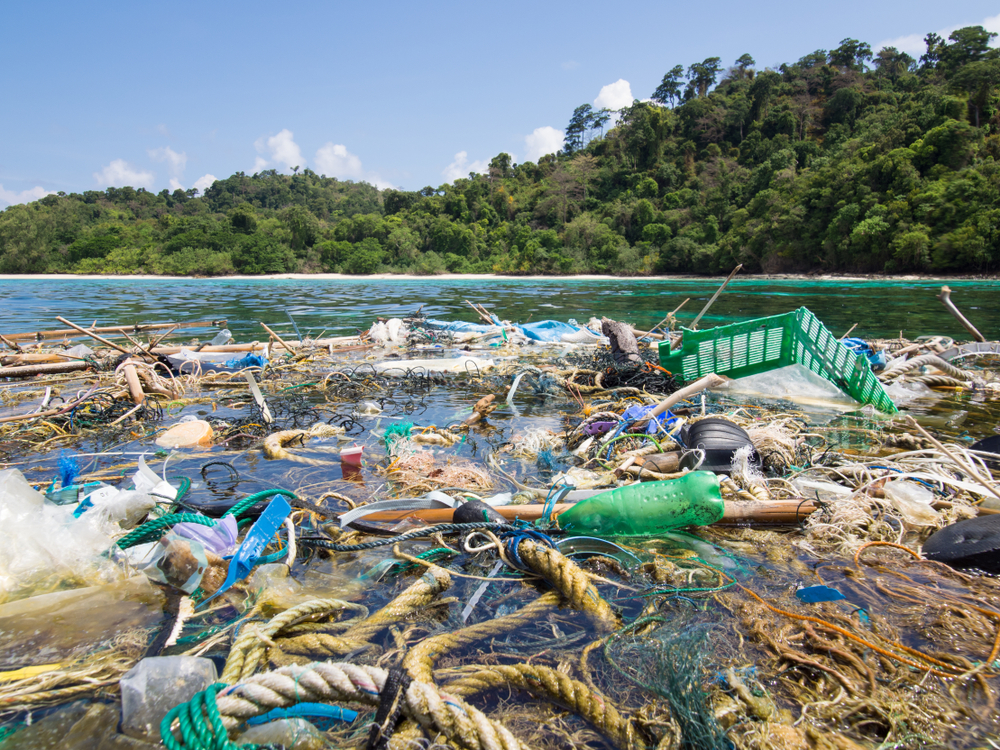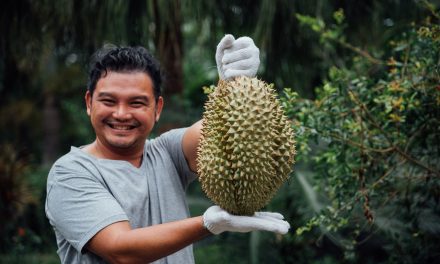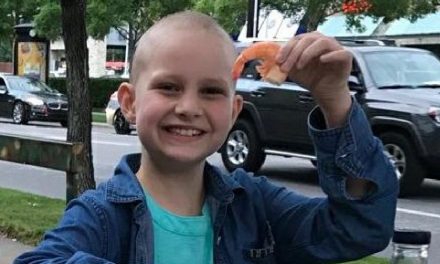In 2013, 18-year-old Dutch inventor Boyan Slat founded non-profit, The Ocean Cleanup in the Netherlands. His organization targets plastic collected in the Great Pacific Garbage Patch, an area twice as big as Texas. Unfortunately, the system the young inventor developed failed to do the job. That is – until now.
Artificial Coastline
In theory, Slat’s device collects plastic debris using massive arms designed to trap it.
The U-shaped system allows it to “passively” collect trash using the ocean’s current to create the same reaction as a coastline. This artificial coastline forces debris into the U so the plastic debris kind of washes ashore along the massive U-shaped arm.
Unfortunately, for the past six years, the plastic collected spilled back into the ocean. On Wednesday, October 2, 2019, they announced they fixed the problem, allowing the system to finally do its job and then some.
RELATED STORY:
Microplastics
Although the team aspired to collect large plastic items such as fishing nets, cartons and crates, they surprised themselves discovering the improved system could collect microplastics as small as 1 millimeter in length.
Microplastics are kind of like ash and collect near the ocean’s bottom. As a result, the team felt they wouldn’t have any effect on the tiny particles, so instead focused on the larger items floating near the ocean’s surface.
However, now that the system is fully operational, the new parachute system they incorporated in June of 2019 retains various types of plastic.
Device Damaged
As genius as Slat’s concept seemed, the configuration caused excess stress on the 2,000-foot pipe and screen that collect the debris. As a result, in late 2018 a 59-foot end section detached from the array. The Ocean Cleanup team addressed the issue by moving the screen to the front of the pipe using slings to connect it. They then used cork lines like the ones used in swimming race lanes to pull the system taut.
The Winning Concept
The team tested a new version dubbed System 001/B in June 2019 to determine if the device should be traveling either faster or slower than the plastic it was trying to collect. They used a parachute anchor to decelerate the system, turning the device in the opposite direction and using inflatable bags so it would tow the device at a faster speed than the plastic was moving. This was their winning concept, although it still needed some fine-tuning.
RELATED STORY:
Taller Cork Line
Despite the new parachute concept, debris spilled over the cork line. By building a taller cork line, spillover was reduced. “This now gives us sufficient confidence in the general concept,” says Slat. The team wants to scale the device so they can capture more plastic. “There are still quite a few hurdles ahead of us before we are actually ready to scale,” he says. (3, 2)
Fleet Of Plastic Catchers
Further challenges the team plan to address include ensuring the system can retain the plastic longer than a year and seeing if it survives the harsh winter. Once confident the device holds up, they hope to build a fleet to capture plastic debris that can be towed to shore from the Great Pacific Garbage Patch.
The massive area, also known as the Pacific Trash Vortex, sits in the North Pacific Ocean. It collects and traps ocean debris in the area where the warm water heading north from Hawaii meets the cooler water from the Arctic. This area is much like an ocean hurricane if you will. The swirling currents meet and create a “gyre” and in the center, it is calm like the eye of a hurricane. This is where the Great Pacific Garbage Patch contains the debris.
Although young Slat gets seasick, he plans to see his system in action someday. “I’d like to go at some point, but only once the whole fleet is out there,” he says. “I think it’ll be kind of epic to see.”
*Article originally appeared at Healthy Holistic Living. Reposted with permission.












